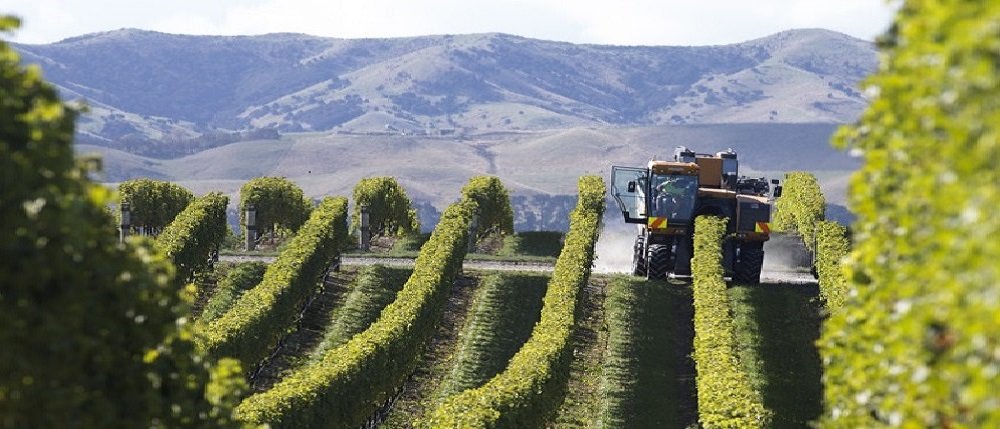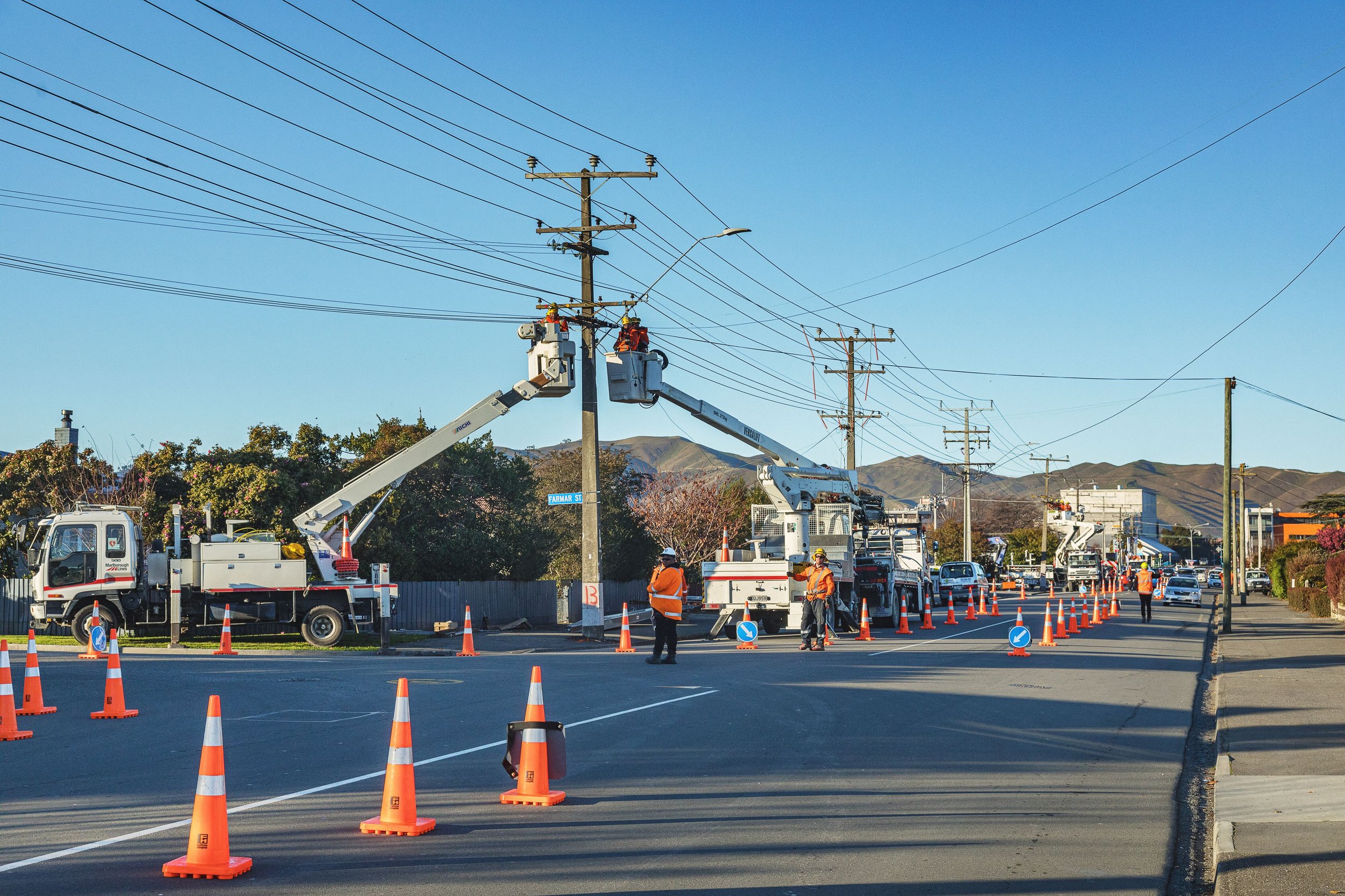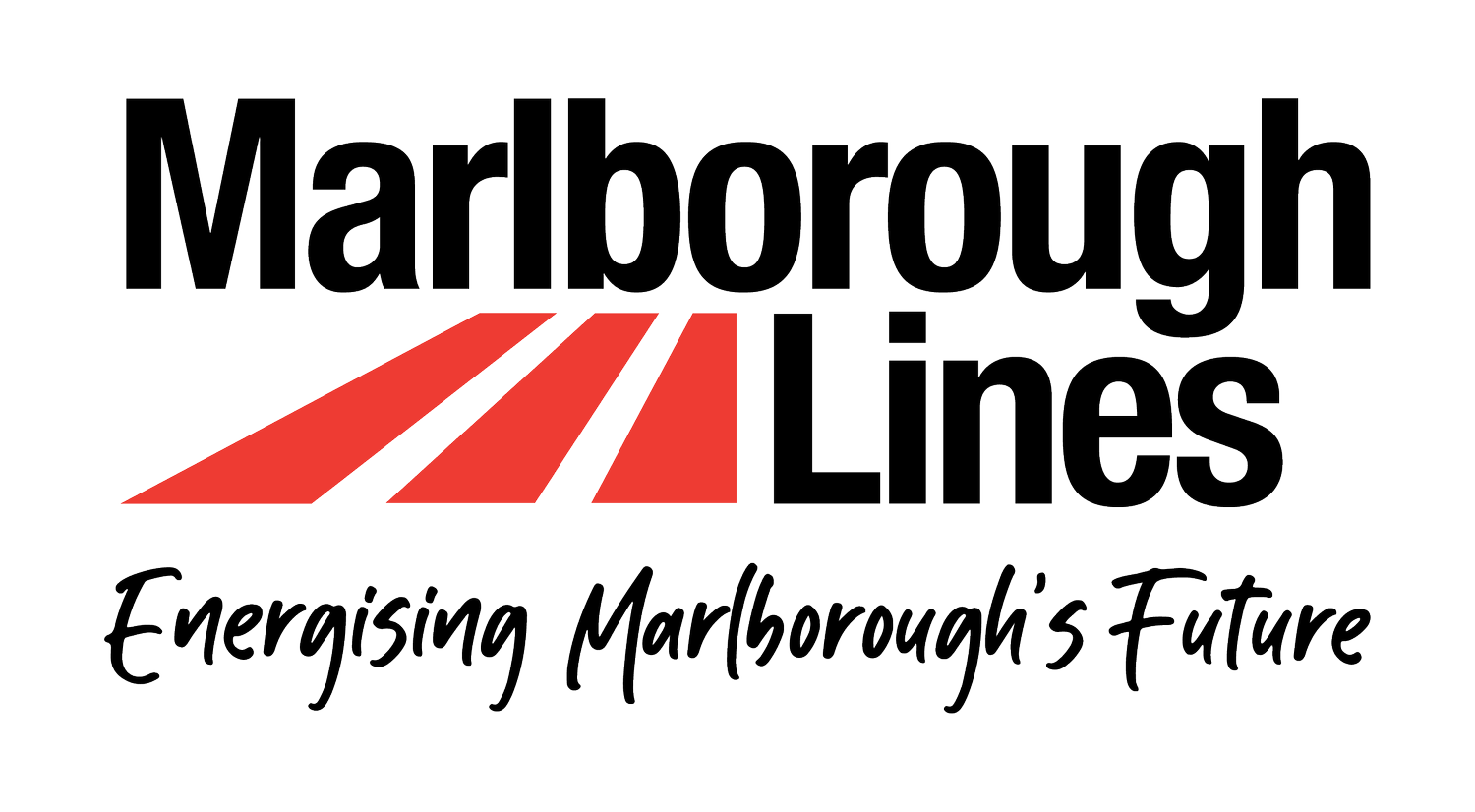
WORKING NEAR OUR NETWORK
Navigate to a section
Working Near Overhead Lines ➔
Safety Disconnections ➔
Working Near Underground Cables ➔
Working Near Overhead Lines
It’s important you’re always aware of overhead lines and keep safe when working near them. Contacting a live power line can be fatal.
New Zealand Electrical Code of Practice 34 (NZECP:34) sets out the minimum safe distances for working near overhead lines or underground cables, which must be legally complied with at all times. The Code of Practice:
requires any person who carries out any work near power lines or poles to maintain safe distances;
states a minimum safe approach distance of 4m for any mechanical plant or scaffolding. MLL may permit a lesser distance where we are satisfied that safety will not be compromised;
states that where any work is to be done within 5m of a tower, pole, or stay wire, we must provide consent in writing before any excavation is carried out. Temporary support of the pole may be required during excavation.
Remember:
Always treat power lines as live
Keep yourself and any equipment at least 4m away from overhead lines - electricity can jump to your equipment and you
Don’t try to touch or remove anything touching or tangled in a power line. Call us and we’ll come and remove it
Don’t fly kites, drones or model aircraft near power lines
Look up and keep well clear when handling a boat mast or moving a yacht near power lines
Always seek advice from MLL before attempting any tree work in the vicinity of power lines
Don’t climb any power pole or pylon
Don’t excavate around power poles without speaking to us first
Don’t light fires under lines.
Warning stickers to keep clear of overhead lines are available from MLL. These can be placed on mobile plant as near as practicable to the operator/driver. Contact us to request stickers.
Working safely near overhead lines
Work near overhead lines includes operating mobile plant or harvesters (tipping, raising, or lowering), installing scaffolding, constructing buildings or fencing, moving equipment such as irrigators, and working on trucks.
Before carrying out any work near MLL’s overhead and underground network, please check the specified minimum safe approach distances, shown in the diagram below. If you’re unsure contact us first – we’re here to help.
-
To work closer than 4m to overhead lines you must have a Close Approach Permit. To apply for a Permit please click here.
-
Identify the risks and apply appropriate controls to prevent harm and/or damage occurring. Further information is available in the WorkSafe quick guide – Working near low voltage overhead electric lines. You can also contact us for advice.
Vineyard Safety
Working on a vineyard can put you in all kinds of situations - but close to electrical equipment and overhead conductors should never be one of them. Click here to find out more about safety around overhead lines.
If you are considering installing a frost fan in your vineyard development please click here to see the required separation between any frost fan and existing or proposed overhead power lines to allow for their safe operation.
Safety Disconnections
Painting, water-blasting, tree trimming, erecting scaffolding, and repairing roofing or spouting close to live overhead service lines is very dangerous. We recommend that you arrange for the power to be temporarily disconnected by completing the form below.
We need at least 72-hours’ notice (three working days) to arrange your safety disconnection. If you provide more notice, you will have more options to choose a time to suit you.
You will need to be present for both the disconnection and reconnection of power, and confirm that no electrical work has been carried out while the power was disconnected.
In some circumstances charges are applicable for safety disconnections. To find out about the charges for this service please refer to our Schedule of Rates and Map by clicking on the button below.
Working near underground cables
Striking a buried electricity cable when you dig could be fatal. Ensure you know the location of any underground electricity cables and other services before you dig.
Underground Cable Location
We maintain records of many underground cables which we can supply free of charge via our Request for Spatial Information service.
If records are not available, we can provide cable locating services within roadways or on private property. There is a charge for this service, which can be found on our Schedule of Rates and Map. To request a cable location please click on the box below. When submitting a request you will be asked to acknowledge that you have read and understood the cable location ‘Notes & Safety Information’.
Once cable locations have been identified, we recommend you use the methods outlined in the WorkSafe publication Guide for safety with underground services to confirm the location of the actual cables. Because the publication may be updated from time to time we recommend you search for the latest version on WorkSafe’s website here.
Excavating near power poles
Work near underground cables can include excavating near power poles. Excavations must be carried out with caution because power poles have strains placed on them due to the weight of the overhead conductors. Any changes to the ground around a pole could cause the ground to become unstable, weaken the pole support, and potentially the pole may fall. Information on excavation safety can be found on WorkSafe’s website here.
For any work closer than 2.2m to a pole and at a depth greater than 300mm, or within 5m and at a depth greater than 750mm, you must have a Close Approach Permit. To apply for a Permit click on the box below.
Remember:
Never take chances – striking buried cables can be fatal
Before digging, ensure you know the location of any buried cables
Before driving stakes longer than 500mm into the ground, consider whether there are any underground cables present. If in doubt, check
There are numerous underground cables in the street and on private property - many utilities (electricity, telephone, gas, water and sewer) all share the same road space
Buried water pipes and power cables can look the same
Earth-wires are an important part of an installation and must not be cut or interfered with.

